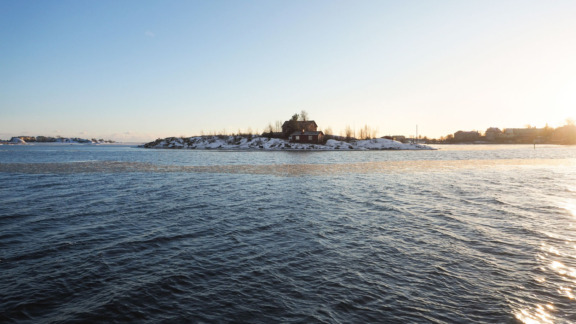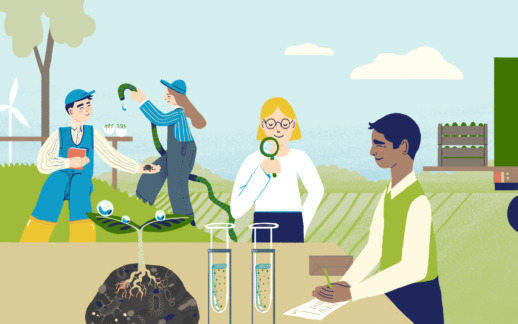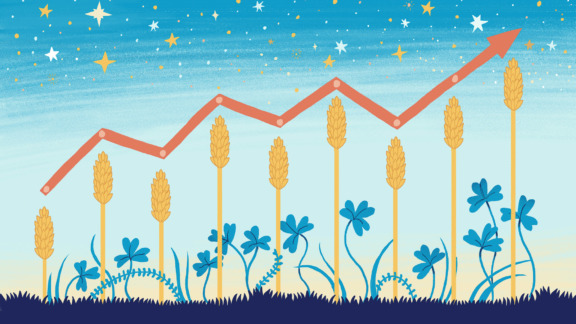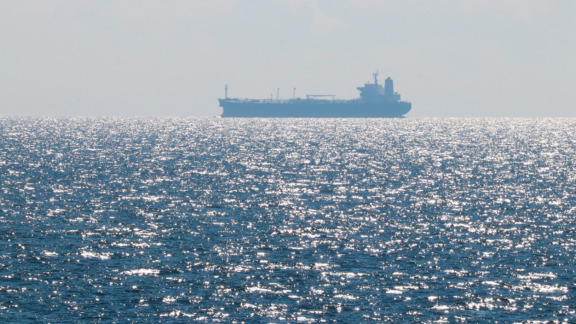Promising process and a new investment in Baltic Slurry Acidification
The project Baltic Slurry Acidification gathered in Riga, Latvia, 9th – 12th of October in order to have project’s mid-term meeting but also to visit Latvian in-field pilot investment at Lauku Agro. There are already two other in-field systems, one in Sweden and the other in Germany. There should be two more in-fielded systems and two in-storage systems. The theoretical estimates indicate that up to 48 000 kg nitrogen can be saved annually by the project investments alone.
The interest in slurry acidification technologies (SAT) is increasing in the Baltic Sea Region, as the ammonia emissions are increasing in most of the region’s countries. The EU has also introduced stricter emission targets. SATs can be an answer for required reductions as acidification of slurry decreases ammonia emissions but increases yields. The analysis of the marketing potential shows that at the country level an estimated share of liquid manure feasible for SATs varies between 30 % to 85 %.
The project has been conducting field tests during summer 2016 and 2017 and will continue during summer 2018. The main focus of the tests is to quantify the effect slurry acidification has on nitrogen use efficiency (NUE) and yields. The Swedish and German tests from 2016 showed increased NUE and increased yields from slurry acidification, although results were not always statistically significant. Actual ammonia emissions were also measured in German field trials and the results (LINK) showed strong reduction of ammonia emissions. Results from the 2017 field tests in Finland, Estonia, Poland and Germany have not been compiled and analysed yet.
An initial case-study of the economy of slurry acidification based on Swedish field trials showed the techniques can be profitable during years with normal weather conditions.



